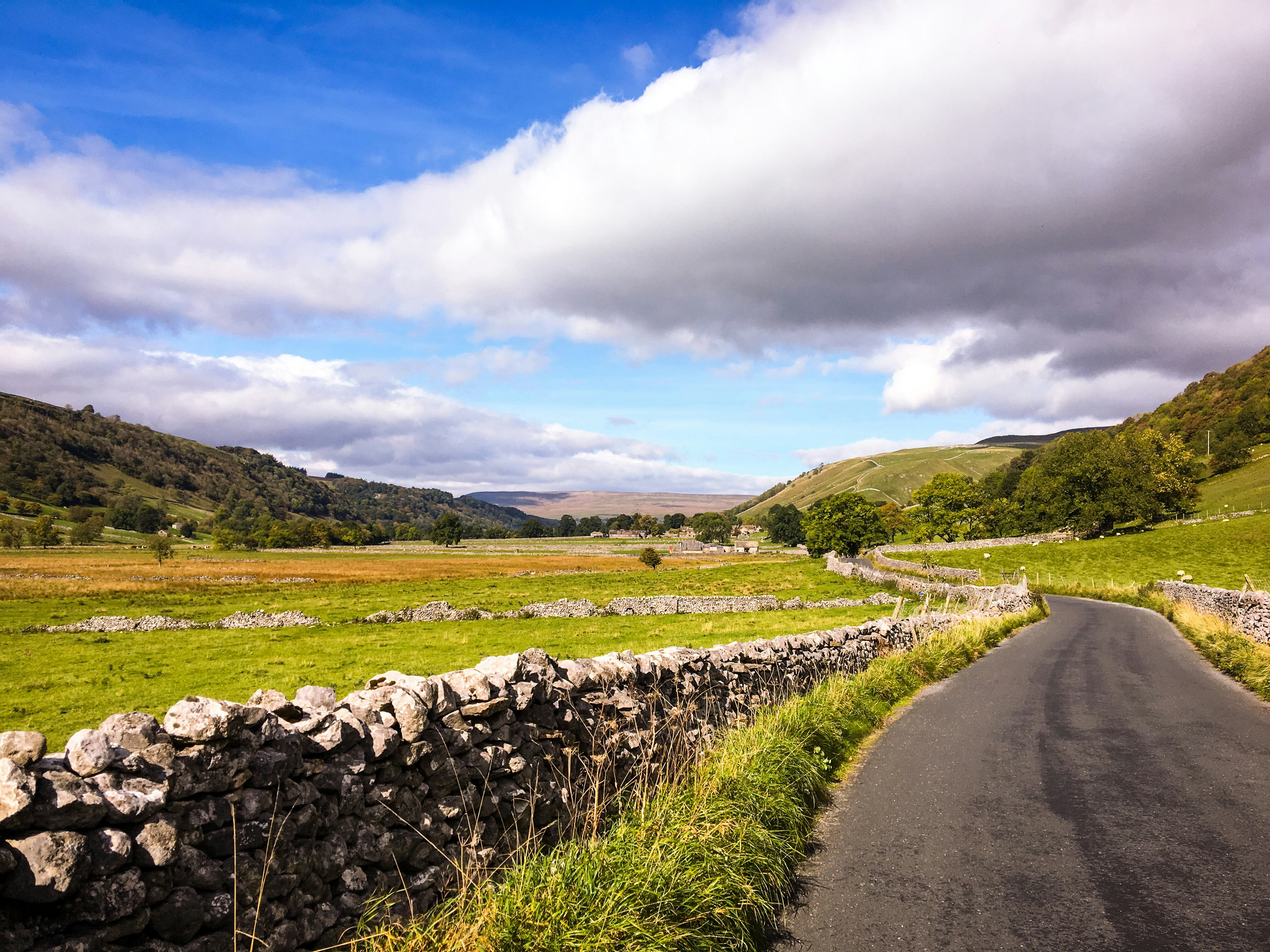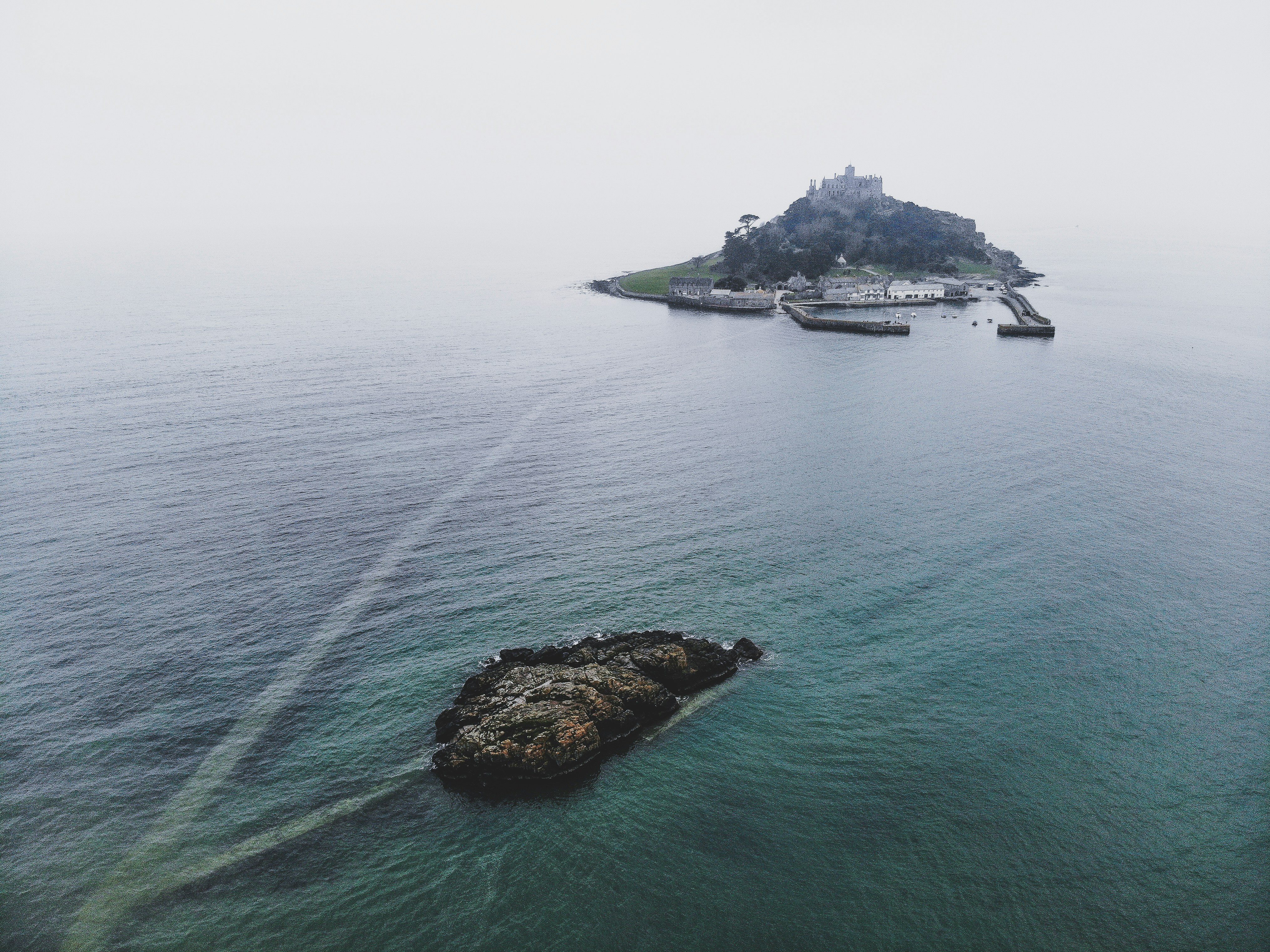UK Soil Types: Soils of the United Kingdom
The UK is rich in beautiful wildlife and picturesque landscapes that look too good to be real. The reason why these exist is the British ground beneath our feet, more specifically: soil. Soil types impact everything: from animal habitats to where we should and should not build our homes, and of course, the beautiful countryside.
Britain Soils and Landscapes
There are six main types of soil you will find in Britain: clay, sandy, silty, peaty, chalky and loamy. Soils vary immensely from one location to another and exist in varying degrees across a singular landscape.
Britain’s stunning sceneries are directly shaped by the soil that forms them, so take a trip through the most remarkable ones.
Clay Soil
Yorkshire Dales

Image credit: https://unsplash.com/photos/empty-road-in-between-green-fields-at-daytime-Z-ydZU1FwuM
The Yorkshire Dales have stony clay deposits, which impact soil fertility and drainage. The lack of fertility, however, is mitigated by a zig-zag of stunning dry stone walls and mossy valleys.
Simultaneously you will find very acid loamy upland soils with a wet peaty surface. There are also shales and sandstone with neutral soils as they transition from one to the other.
River Cuckmere, Sussex
With a name originated from the old English word "fast-flowing", the ground around this river is slowly permeable and seasonally wet. The loamy and clayey soils are slightly acid but base-rich.
Rising near Heathfield in East Sussex, the River Cuckmere is home to a variety of creatures, making it excellent for fishing. An unforgettable activity is The River Cuckmere Walk: a 6.3-mile loop trail that is accessible year-round and lets you experience the full glory of the area.
Sandy Soil
North Norfolk Seaside
North Norfolk is home to over 50 beaches and dozens of unforgettable sights beyond them.
These sandy and loamy soils with naturally high groundwater and a peaty surface are home to common and grey seals that can be visited in Blakeney Point.
The daily tide floods twisting muddy creeks at Stiffkey Saltmarshes, in Blakeney’s National Nature Reserve, giving a glimpse of a shifting remarkable landscape.
Peaty Soil
Lake District
Image credit: https://unsplash.com/photos/green-and-brown-mountains-beside-body-of-water-during-daytime-UwWhwXlVKTg
The soil type of the glacial ribbon lakes and rugged fell mountains in the Lake District is shallow and very acid, with peaty soil over rock.
The natural lakewater feeds the plant life of this landscape that is bathed in beauty whatever the season. On this grassland, the soil is low in calcium, which influences the kind of grass that grows on the acidic rocks of the Lake District.
High Force, Durham
Home to some of the most spectacular waterfalls in England, High Force can be heard long before being seen. The series of cascades continue on to the flowing river that can be followed through a carefully maintained path.
The slowly permeable and wet, very acid upland soils have a peaty surface. Walk towards the valley and you will take in the true grandeur of this spot.
Chalky Soil
The Peak District
Image credit: https://unsplash.com/photos/person-standing-near-the-cliff-3yIBNntfdXU
Freely draining, slightly acid but base-rich soils are what forms the Peak District, though there are variations that need to be taken into account, between the White and the Dark Peak.
Limestone rocks in the White Peak form poor, chalky, alkaline soils. On the Dark Peak, more impermeable shale and gritstone forms the very acidic peat bogs, given that the soil here holds much more water.
Shaped by both people and nature, the Peak District has various landscapes to enjoy throughout the year and varied wildlife and habitats to experience.
Loamy Soil
Exmoor National Park
Exmoor has a much greater proportion of well-drained mineral soils (85%) than any other upland area of England and Wales. These freely draining, slightly acid loamy soils are home to varied landscapes of wild heather moorland, heath and deep wooded combes of ancient oaks.
This secret pocket of the southwest is known for incredible night skies as well as an unspoilt coastline where you can even swim with the seals.
St Michael’s Mount, Cornwall

Image credit: https://unsplash.com/photos/a-small-island-in-the-middle-of-a-body-of-water-uZQp1nl-EmY
Freely draining acid loamy soils over rock are the most common to be found on St Michael’s Mount. This garden and island community is home to a historic castle and is accessible by boat as well as walking. The St Michael’s Mount Causeway is around half a mile long and generally takes less than 15 minutes to cross.
There are limits to visitors, to avoid paths on the island that are steep, cobbled and uneven from getting too crowded. Don’t let this deter you: St Michael’s Mount is definitely worth a visit for the spectacular views alone.
New Forest National Park, Hampshire
The soil types of this particular park have been widely documented, but overall this land is characterized by slowly permeable and seasonally wet loamy and clayey soils that are slightly acid but base-rich.
The various walking and cycling routes allow you to take in all the majestic wildlife, and over 30,000ha of this National Park are open access, so you can explore and enjoy freely.
If you would like to know more about UK soils and the science behind them, see the latest news from Land Research Associates.
